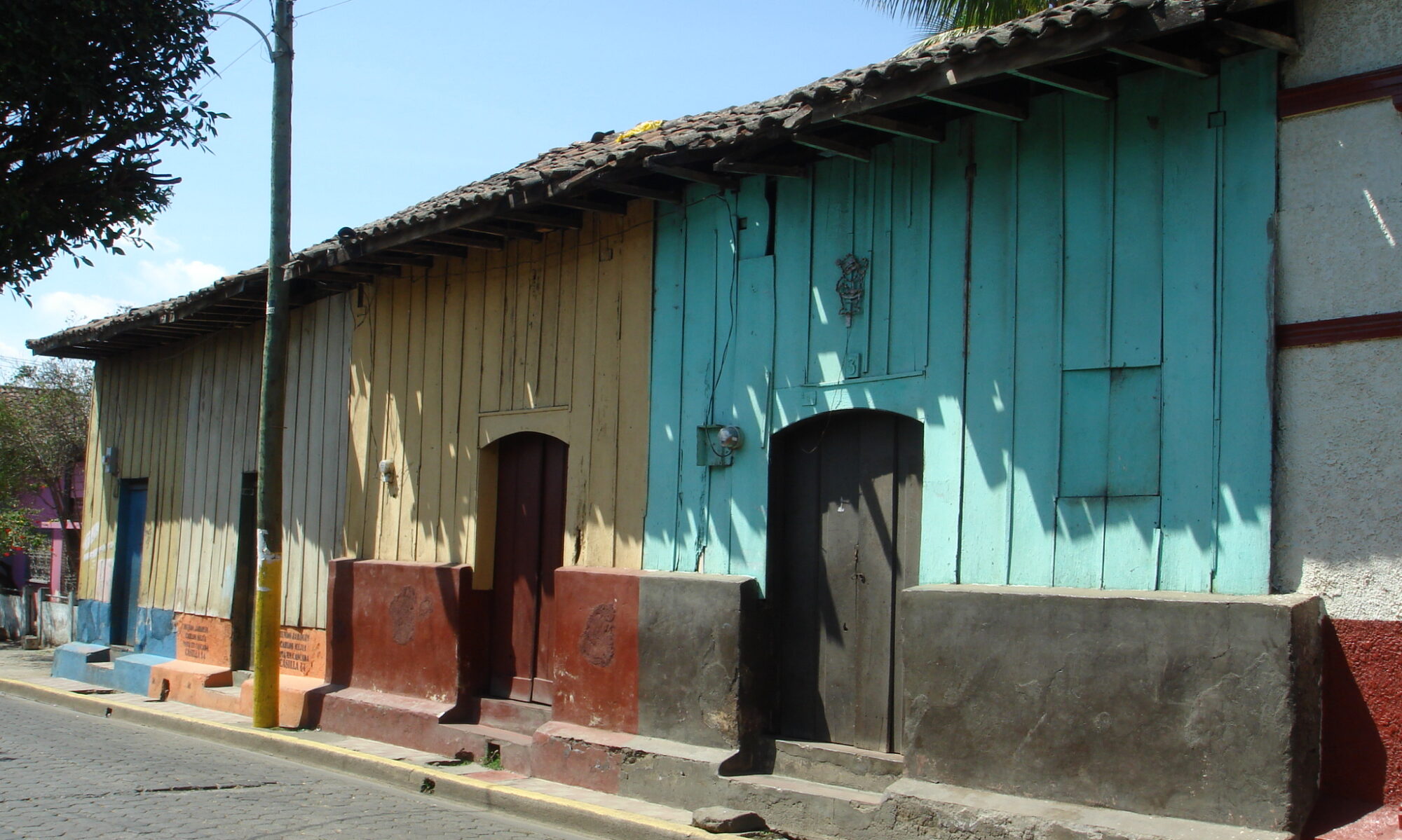by Ofelia Moroni, Cristian Gomez, Maximiliano Astroza
Buildings of this type are used mainly for offices or hotels, and they are found in large cities throughout the country. At the present time this building type represents about 15-20% of the high-rise building stock in Chile (building with more than 10 stories). The structural system consists of reinforced concrete frames and shear walls. The walls are typically located around the staircases and the elevators, while the frames may be uniformly distributed in plan or at the perimeter only. Most of the lateral load-bearing elements exist along the full building height in the elevation and in both directions of the building plan. In some buildings the walls are perforated with openings and coupled with lintel beams. Some buildings of this type have one or more basement floors. In general, these buildings are quite stiff. Seismic performance is very good, strength and stiffness are controlled, and torsion effects are minimal. Problems that may occur in the future are related to the reduction in the wall density, and introduction of soft-story or torsional effects.
Report # 5 : Reinforced Clay/Concrete Block Masonry Building
by Ofelia Moroni, Cristian Gomez, Maximiliano Astroza
This is a rather recent construction practice followed since 1970, and it has been widely used for dwellings and up to 4-story-high apartment buildings. Buildings of this type can be found both in urban and rural areas of Chile. The main load-bearing elements are masonry walls reinforced with vertical steel reinforcement bars and placed in the hollow cores of clay masonry units (hollow clay tiles) or concrete blocks. Horizontal reinforcement bars are placed in horizontal bed joints. Masonry shear walls are tied together at floor levels by means of reinforced concrete beams in a regular structural layout. Stiffness distribution both in plan and elevation is uniform. Prior to 1986, there was no seismic design code for this structural type. During the March 3, 1985 Llolleo earthquake, performance of buildings of this type was rather poor, mainly due to construction problems, such as partial grouting in the hollow cores with reinforcement, poor quality of the mortar, and lack of horizontal reinforcement. Following the earthquake, the Chilean Design Code NCh1928 code was published based on the U.S. Uniform Building Code (UBC-1979) and on the seismic performance of this construction type reported in previous earthquakes. Since 1993, when the last version of NCh1928 was published, and more restricted requirements were enforced, the use of this type of construction has been less frequent, in part because of economic reasons.
Report # 4 : Concrete Shear Wall Buildings
by Ofelia Moroni, Cristian Gomez
This housing type is mainly characterized by reinforced concrete shear walls that are built in both directions along the entire height. Some of the walls may be perforated with openings (coupled walls). These buildings are multiple housing units and are found in the major urban areas in Chile. Stiffness and mass distribution are regular and most of them may have a symmetry axis in at least one direction of the plan. In general, these buildings are quite stiff because they must resist a base shear of 5-6.7% (depending on the seismic zone) and the story drift must be equal to or less than 0.002. Seismic performance is very good, strength and stiffness are controlled, and torsional effects are minimal. The buildings may have one or two basement floors. Problems that may appear in the future include reduction in the wall density, introduction of soft floor, or torsional effects.
Report # 3 : Steel Frame Buildings with Shear Walls
by Elias Arze-L.
These buildings are modern steel composite structures ranging from 3 to 24 stories. The buildings have a rigid steel frame with floor diaphragms made of post-tensioned concrete slabs or composite steel decking, with or without a concrete slab covering. Additional lateral force-resisting elements are added to the steel moment-resisting frame to stiffen the structure and enhance the seismic performance. These elements are steel #X# or concentric braces and reinforced concrete shear walls. The seismic performance for these composite structures is very good. Most of these buildings are used as apartments or offices.
Report # 2 : Traditional Adobe House with Reinforcement
by Virginia I. Rodriguez, Maria I. Yacante, Sergio Reiloba
This construction type is a single-family house. In general, it is a single-storey building, an isolated construction found in the rural areas of San Juan and Mendoza. The traditional adobe block masonry walls are reinforced with foundations and plinth structure, which provide structural strength. A deficiency in this type of construction is that the adobe blocks deteriorate due to prolonged exposure to humidity.
Report # 1 : Confined Block Masonry House
by Virginia I. Rodriguez, Maria I. Yacante, Sergio Reiloba
This is typically a one-or two-story residential building of detached or semi-detached construction, generally found in the urban areas of San Juan and Mendoza, and less frequently in the rural areas. The walls are made of concrete block masonry with reinforced concrete columns and beams that tie the walls together and provide strength for the building. One of the main structural deficiencies for this construction type lies in the widely different wall densities in the two orthogonal directions. This deficiency may be eliminated with appropriate architectural design. This construction type is otherwise expected to demonstrate good seismic performance.







